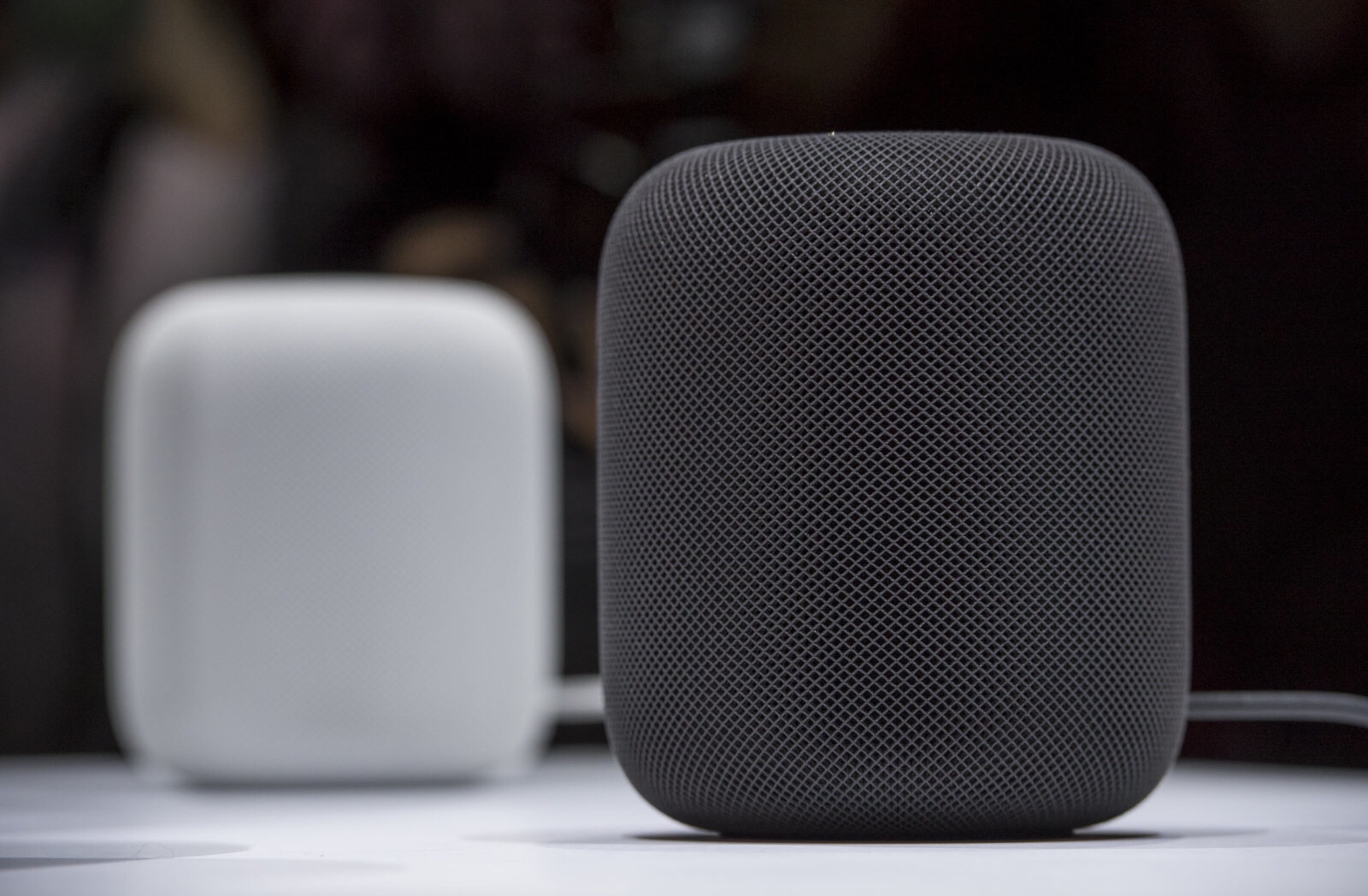If you are planning to buy Apple’s HomePod and operate it like a regular Bluetooth speaker, there’s some bad news for you. Apple has revealed more details about HomePod’s wireless capability and audio sources for its Siri-powered device. While the HomePod does contain the necessary hardware for Bluetooth streaming, it will only support third-party services through Apple’s proprietary AirPlay protocol.
Truthfully, this was to be expected. This basically means that it eliminates Android and any other device as a source to work with HomePod. Even if you’re running Apple Music, this pretty much makes the HomePod a product strictly meant for Apple device customers.
Forgetting about connectivity, let us talk about setting it up. Just to set it up, you will need an iOS 11-capable Apple device. It seems that for third-party apps such as Spotify, you will not be able to play songs via Siri voice commands. Once you’ve installed your HomePod, guests with iOS 8 and up and OS X Yosemite and later will be able to connect to the device via poor-to-peer AirPlay functionality.
Here’s the full list of audio sources: Apple Music, iTunes music purchases, iCloud Music Library (via an Apple Music or iTunes Match subscription), Beats 1 live radio, podcasts, and “AirPlay other content to HomePod from iPhone, iPad, iPod touch, Apple TV and Mac.”
The Jolt Journal’s Take
If you compare the HomePod to other products like Sonos One, you’ll notice that the HomePod has been crippled quite a bit. For example, the Sonos One lets you connect to WiFi and play music from whatever device you want, and its Alexa voice assistant will help you play songs from your Spotify playlist too.
Right now, Sonos Ones seem to be quite the home hitter because they’re running a two-for-one price of an HomePod. For the cherry on top, the HomePod won’t support stereo pairing until an update that will arrive later this year.





